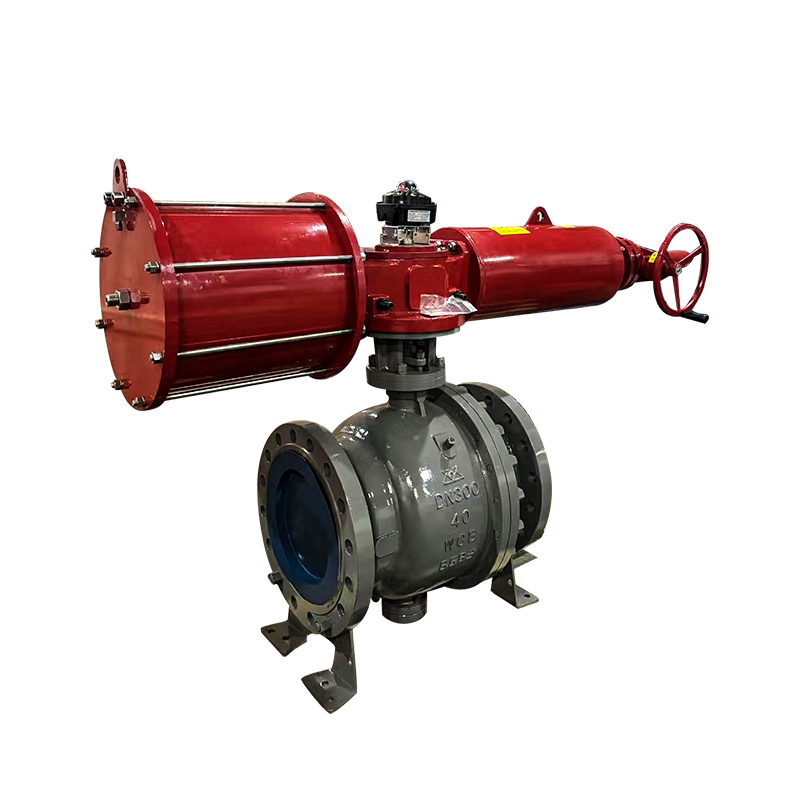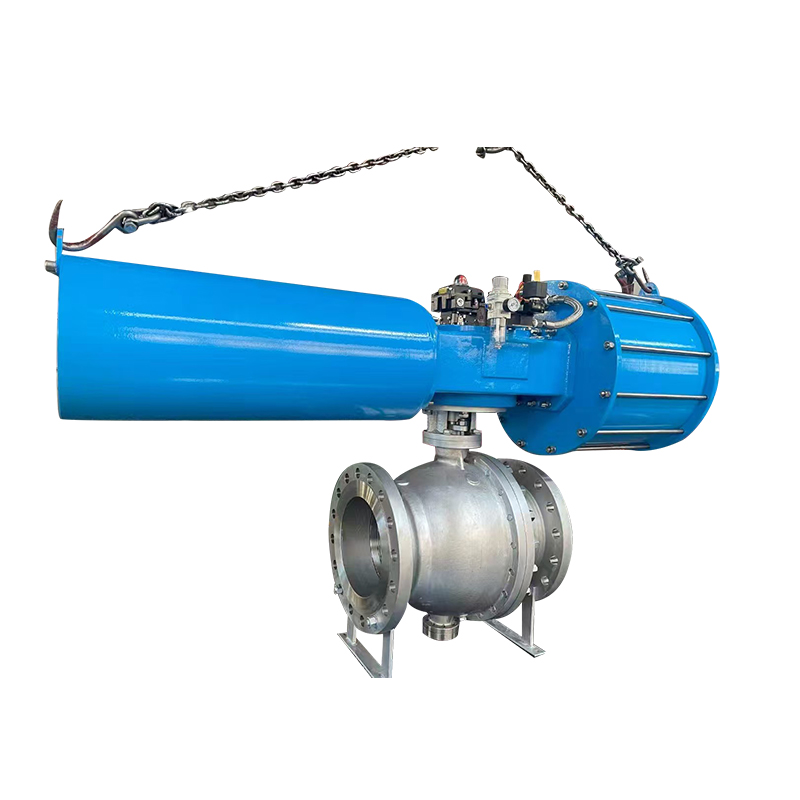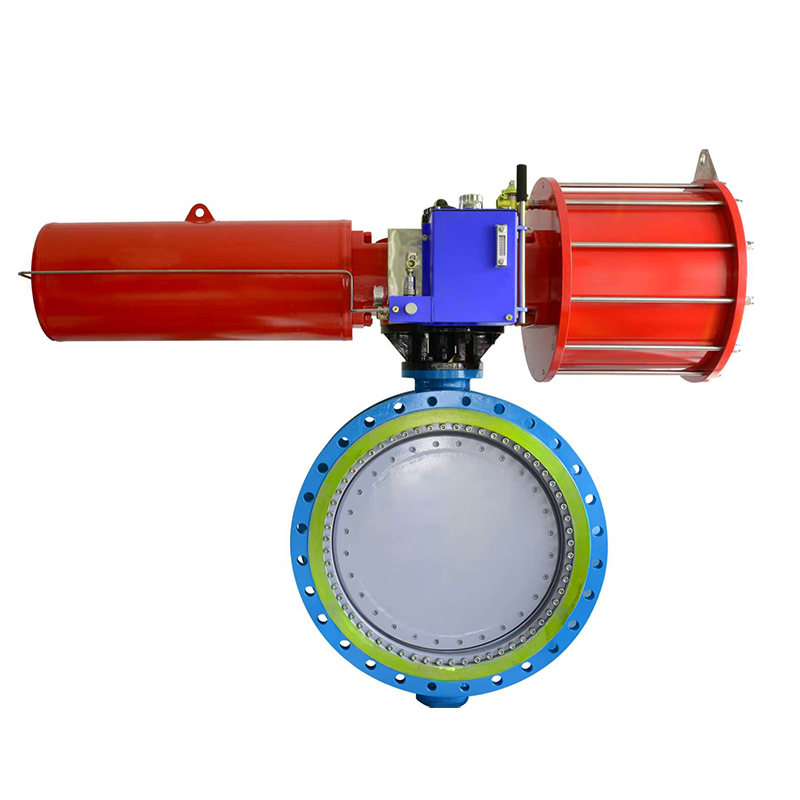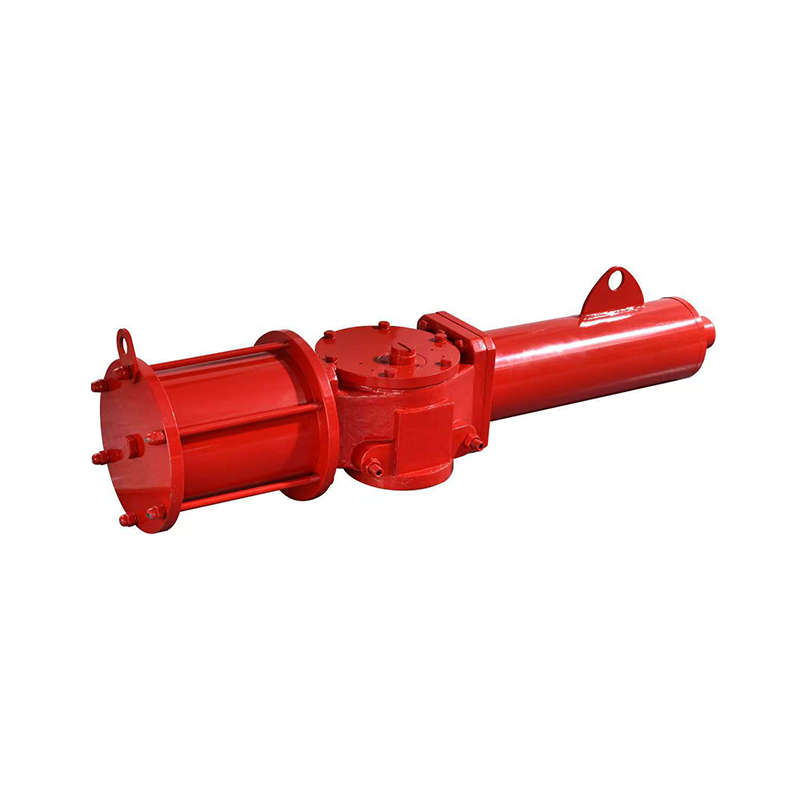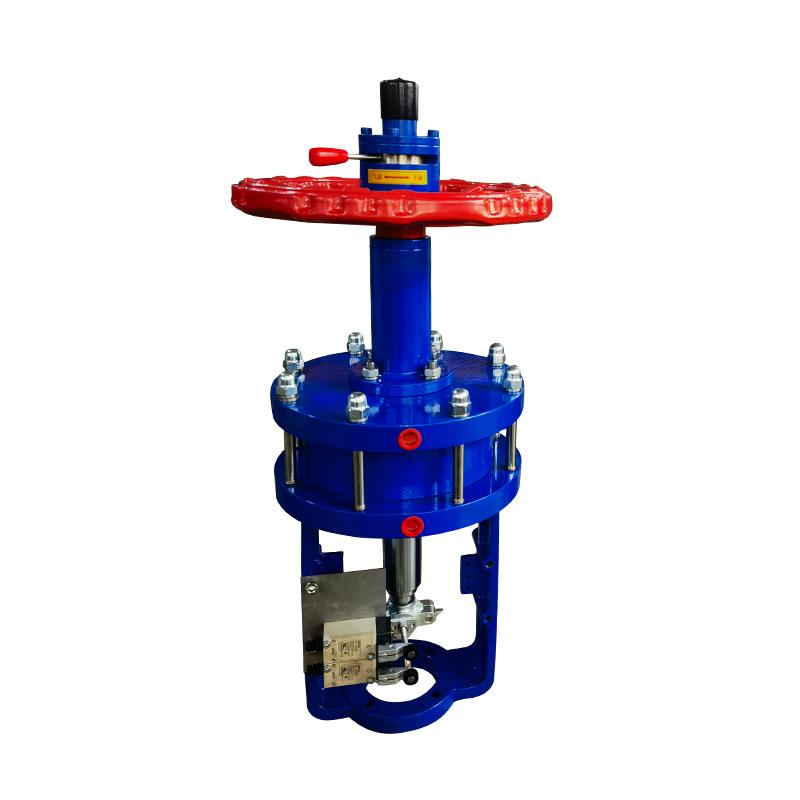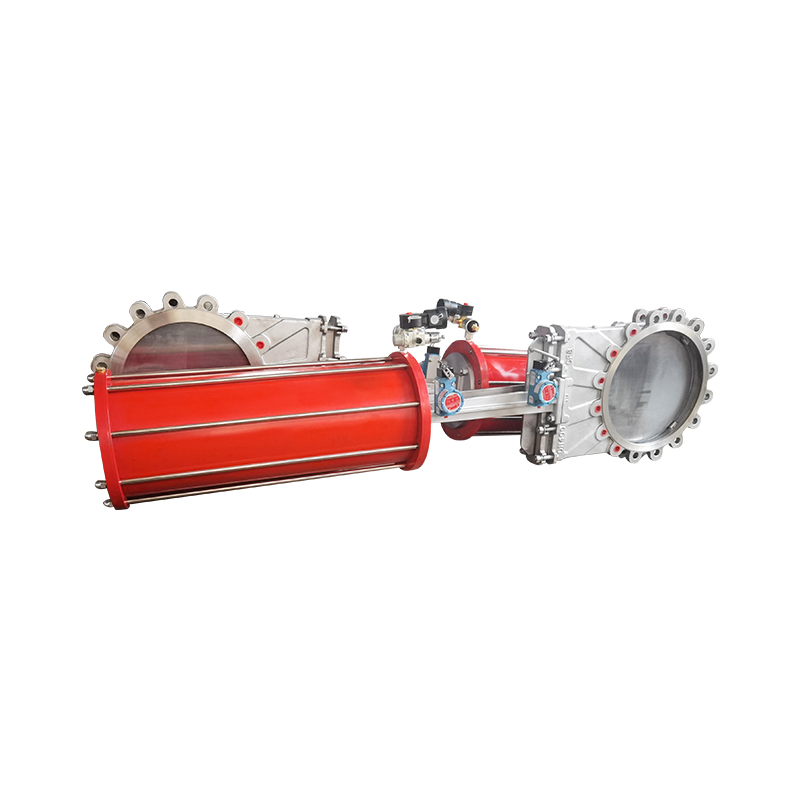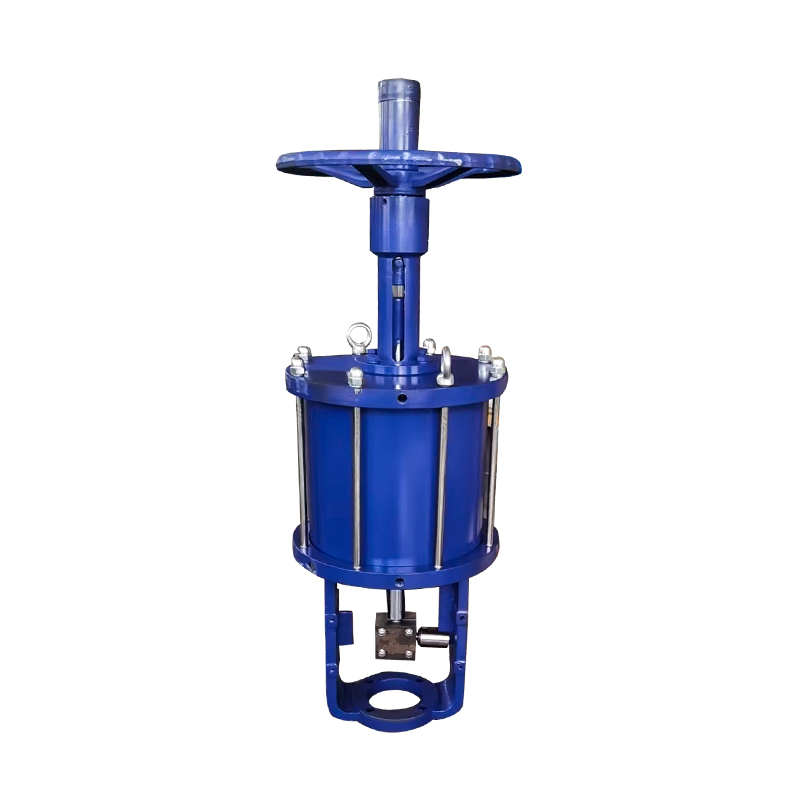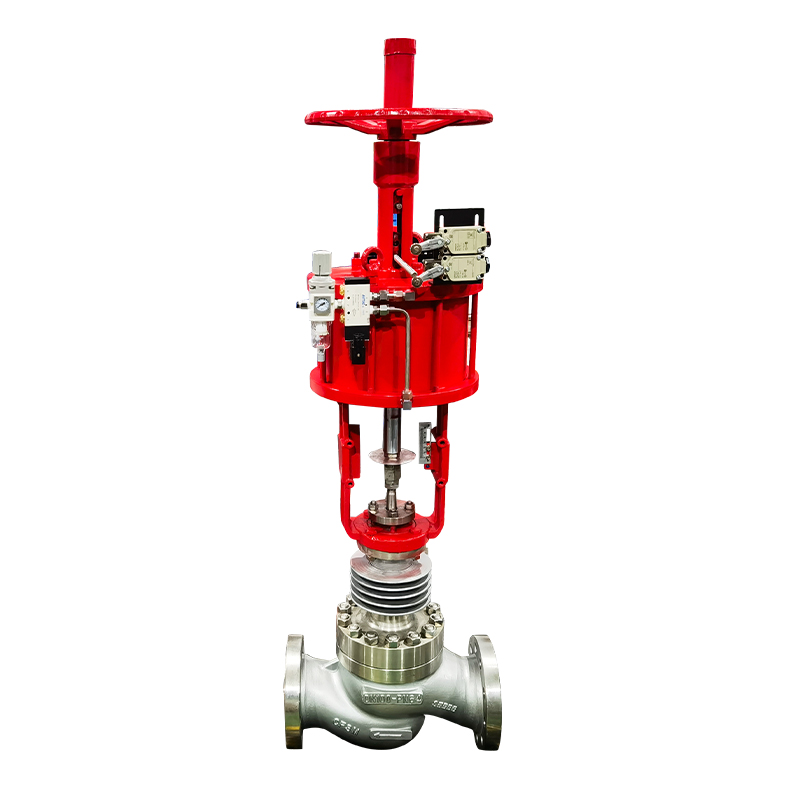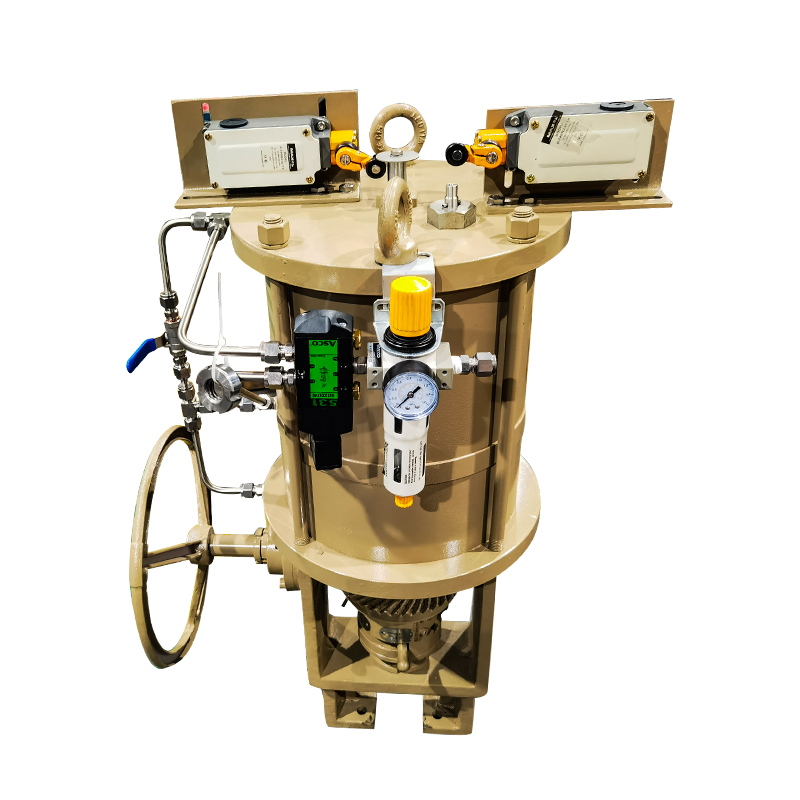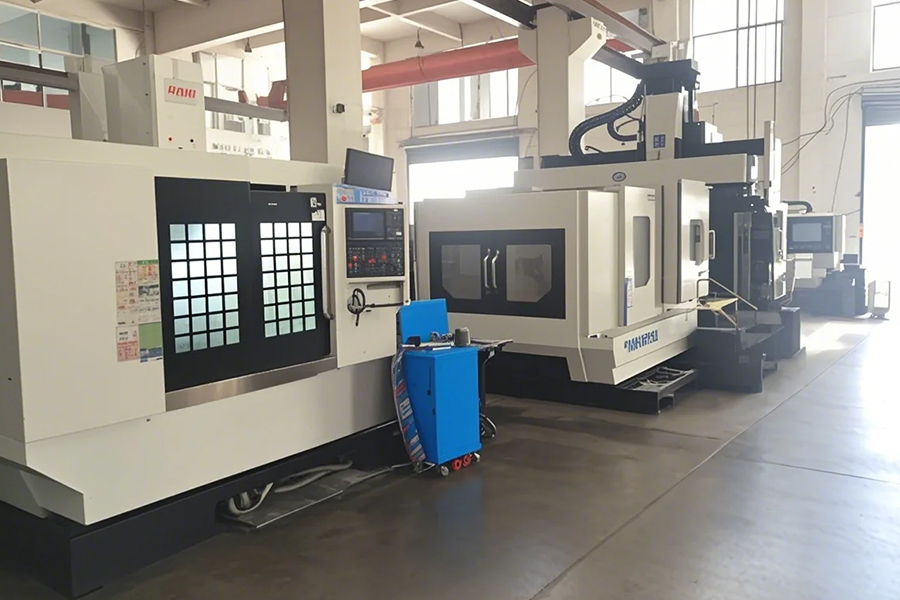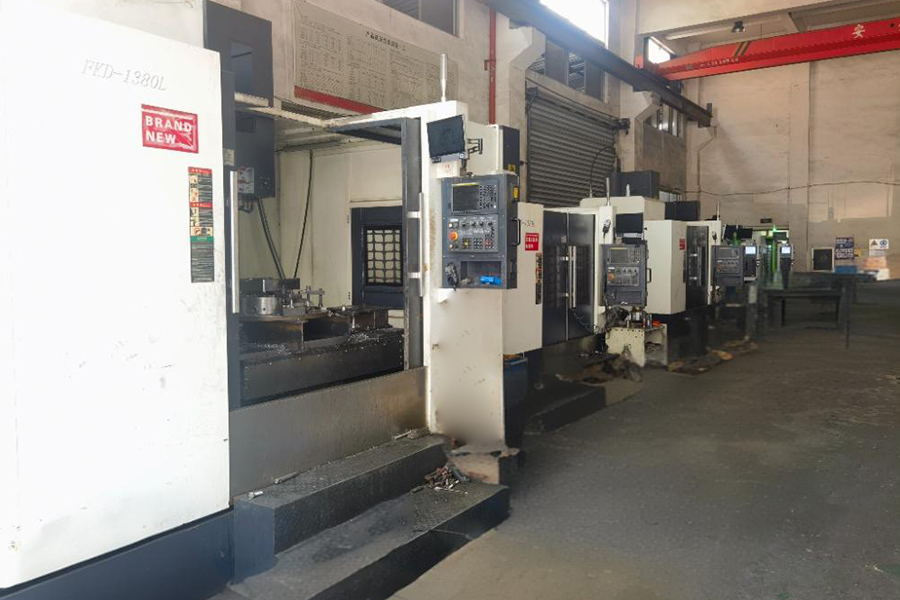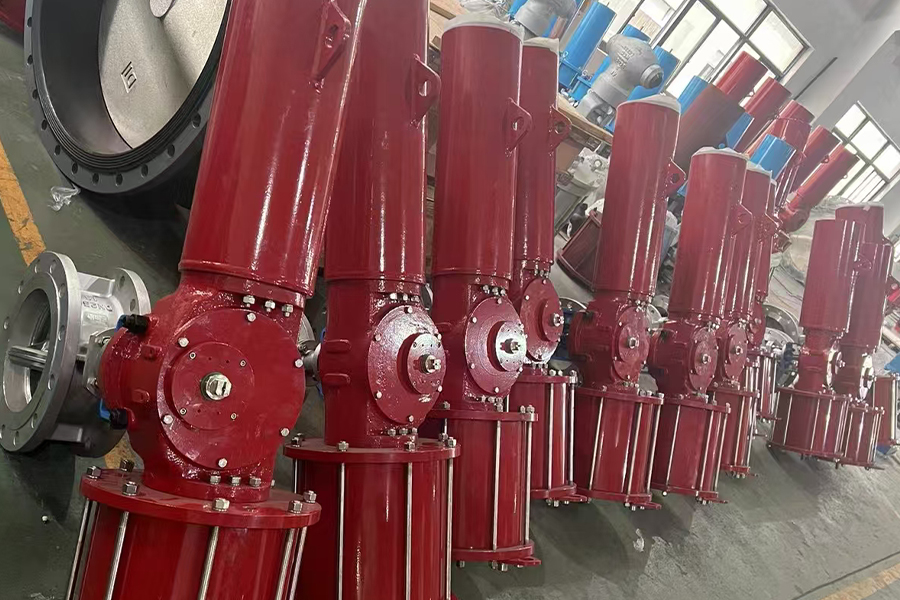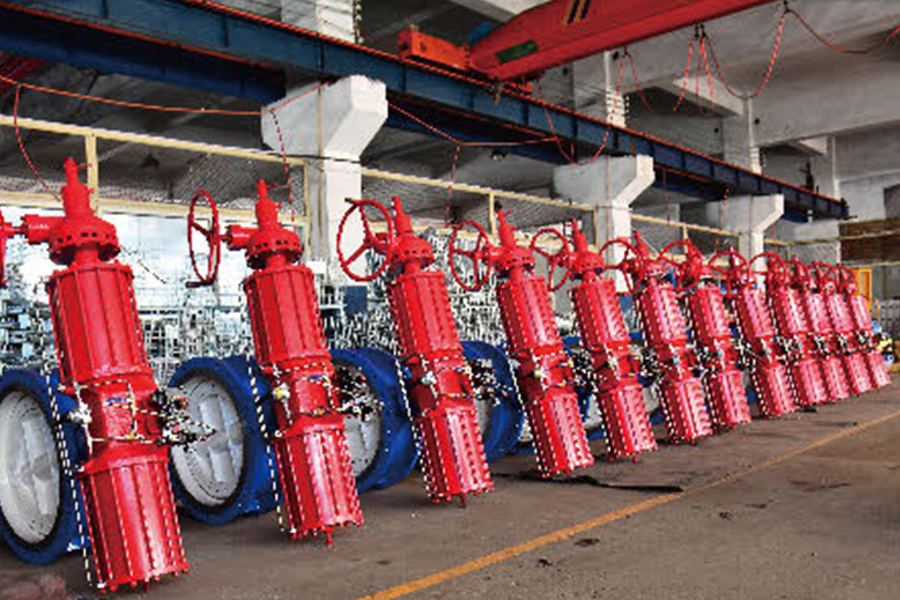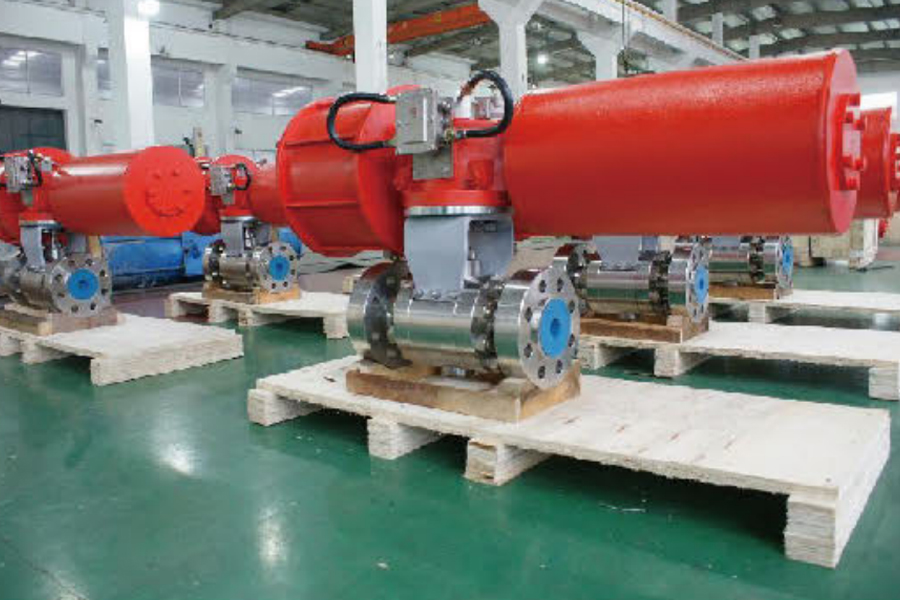Two Way Directional Control Sanitary Pneumatic Valves are designed to regulate the flow of fluids by opening or closing two flow paths. The two-way functionality refers to the valve's ability to allow fluid to travel in one of two directions, controlled by a pneumatic actuator. These valves are commonly employed in process lines where hygienic conditions must be preserved without compromising control.
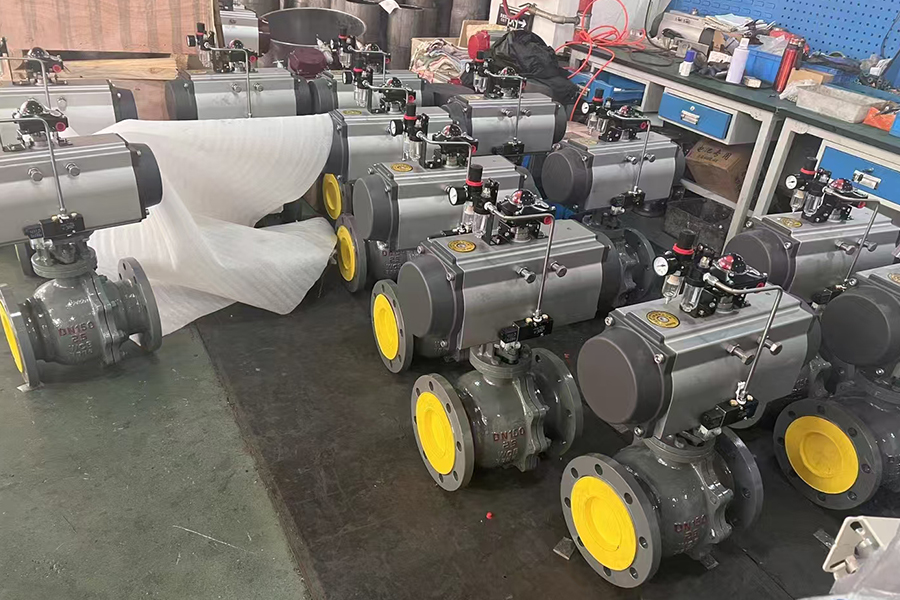
Their pneumatic operation allows for automated control using compressed air, which is safer in clean environments compared to electric actuators. Additionally, the sanitary design ensures minimal contamination risk, with smooth internal surfaces and materials such as stainless steel that resist corrosion and are easy to clean.
The advancement of Two Way Directional Control Sanitary Pneumatic Valves has closely followed the evolution of hygienic process automation. Earlier, manual valves were used in many systems, but as demands for efficiency, precision, and cleanliness increased, pneumatic control became the standard. This transition led to the development of more advanced valve systems with enhanced features such as position indicators, control feedback, and compatibility with programmable logic controllers (PLCs).
Manufacturers have improved the materials used in Two Way Directional Control Sanitary Pneumatic Valves, focusing on long-lasting seals, high-grade stainless steel bodies, and modular designs. These changes have increased valve lifespan, reduced maintenance requirements, and improved system reliability. Innovations such as compact actuators and integrated control modules have also simplified installation and reduced space requirements in complex process lines.
The adaptability of Two Way Directional Control Sanitary Pneumatic Valves makes them suitable for a wide range of sanitary processing environments. In the food and beverage industry, they are used for controlling the flow of milk, juice, beer, and other consumables in pasteurization and filling systems. Their hygienic construction prevents microbial buildup and ensures product integrity.
In pharmaceutical manufacturing, these valves handle sterile fluids and ingredients that require absolute cleanliness. The precision offered by Two Way Directional Control Sanitary Pneumatic Valves ensures that active compounds and solutions are transferred accurately without cross-contamination.
The biotechnology sector also benefits from these valves, particularly in processes involving cell cultures or sensitive biological fluids. Since the valves minimize shear forces and support CIP/SIP procedures, they protect the integrity of biological materials.
Key features of Two Way Directional Control Sanitary Pneumatic Valves include:
Smooth internal surfaces that eliminate crevices where bacteria might grow.
Quick-disconnect fittings for easy disassembly and cleaning.
Air-actuated controls for remote and automated operation.
Position indicators and feedback signals for integration into automated systems.
Compatibility with clean-in-place (CIP) and steam-in-place (SIP) processes to maintain sterile conditions.
These attributes make Two Way Directional Control Sanitary Pneumatic Valves ideal for facilities where operational safety, product purity, and regulatory compliance are essential.
As industries embrace automation, the role of Two Way Directional Control Sanitary Pneumatic Valves continues to expand. These valves are now commonly connected to control systems that monitor and adjust flow based on real-time data. With increasing integration of Industry 4.0 technologies, valves now come equipped with sensors and smart controllers, enabling predictive maintenance and process optimization.
Pneumatic control systems using Two Way Directional Control Sanitary Pneumatic Valves can reduce human error, enhance repeatability, and minimize downtime. Their ability to deliver consistent performance in a compact and reliable form makes them a standard in modern process design.








